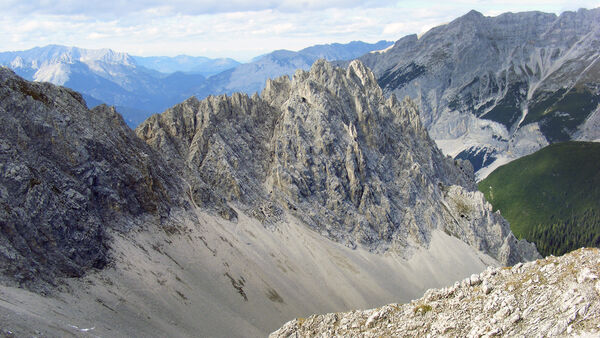When to Go to Austria
By Rick Steves
In Austria, the "tourist season" runs roughly from May through September. Summer has its advantages: the best weather, snow-free alpine trails, very long days (light until after 21:00), and the busiest schedule of tourist fun. Summer visitors should note, however, that three Viennese institutions — the Boys' Choir, state opera, and Spanish Riding School, with the Lipizzaner stallions — cease performances in July and August.
Travel during "shoulder season" (spring and fall) is easier and can be a bit less expensive. Shoulder-season travelers usually enjoy smaller crowds, decent weather, the full range of sights and tourist fun spots, and the ability to grab a room almost whenever and wherever they like — often at a flexible price. In spring, watch out for a string of public holidays, which can limit sightseeing hours (but can also mean special festivities). In fall, fun harvest and wine festivals enliven many towns and villages, while forests and vineyards display beautiful fiery colors.
Austria's winter weather can be cold and dreary, and it gets dark outside well before dinnertime…but dustings of snow turn Austrian towns and landscapes into a wonderland. December offers the chance to wander through traditional Christmas markets, and Vienna lights up (and fills up) over New Year's Eve (a.k.a. Sylvester), when it hosts one of Europe's biggest year-end celebrations. Winter travelers find concert seasons in full swing, and Vienna's aflutter with fanciness during ball season at the top of the year. Otherwise Austria sees no wintertime crowds beyond the ski resorts, and some accommodations and sights are either closed or run on a limited schedule.


